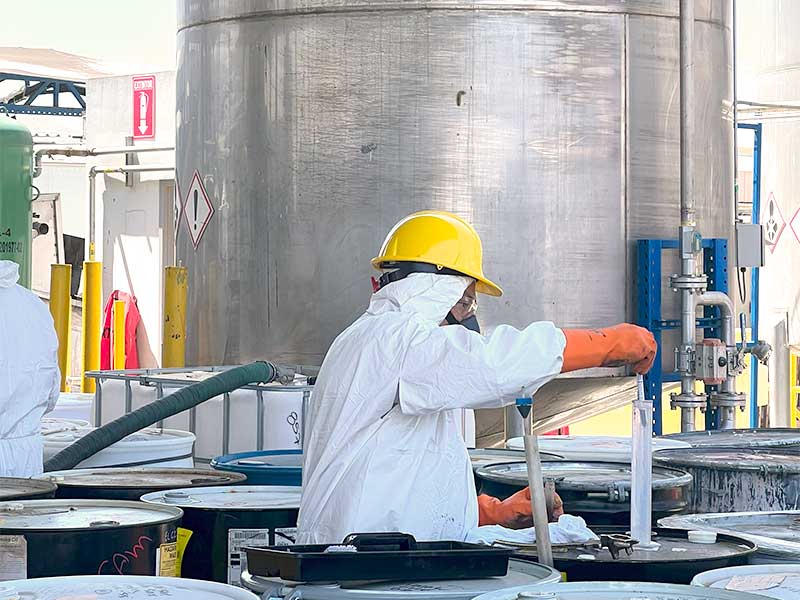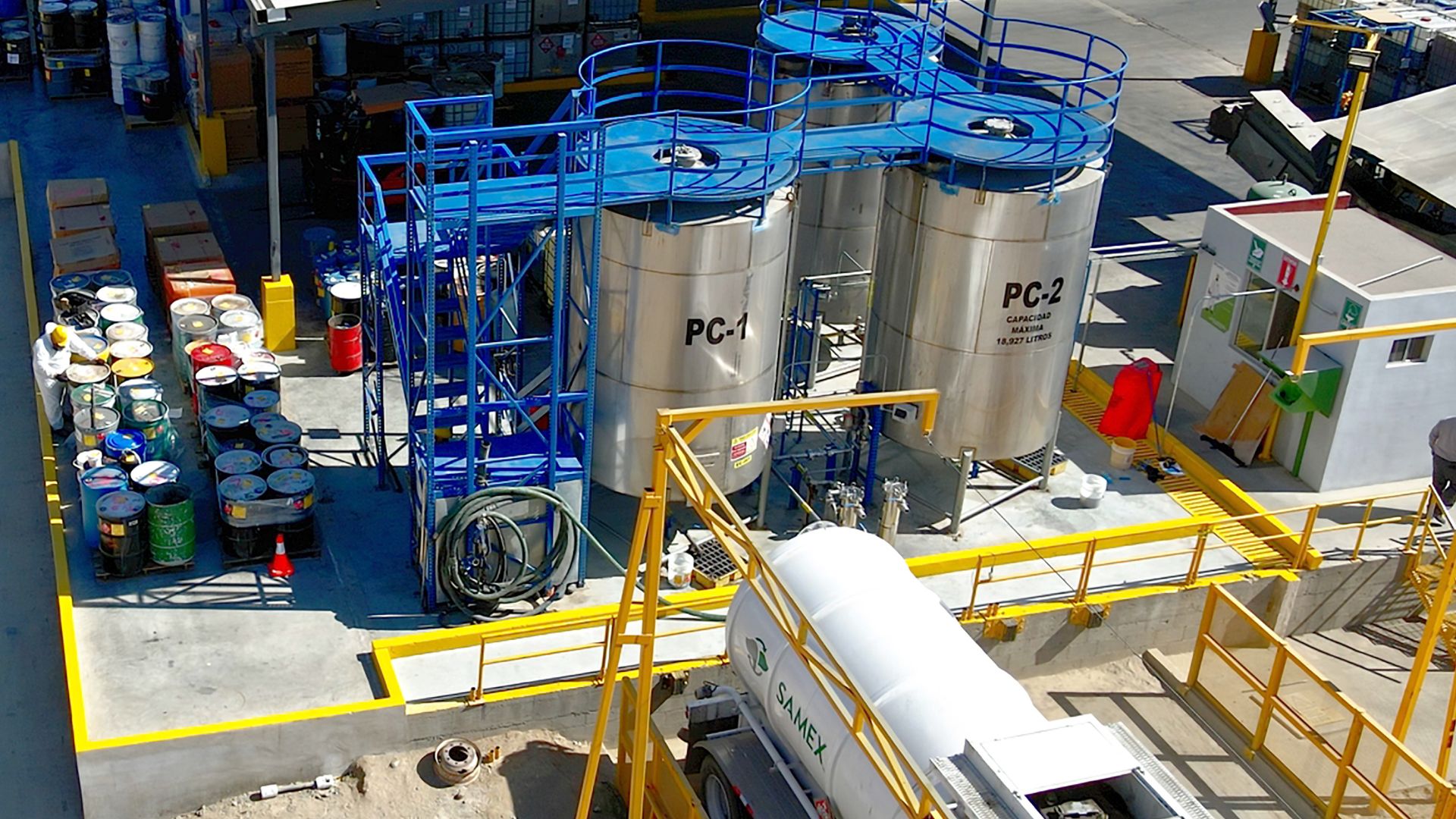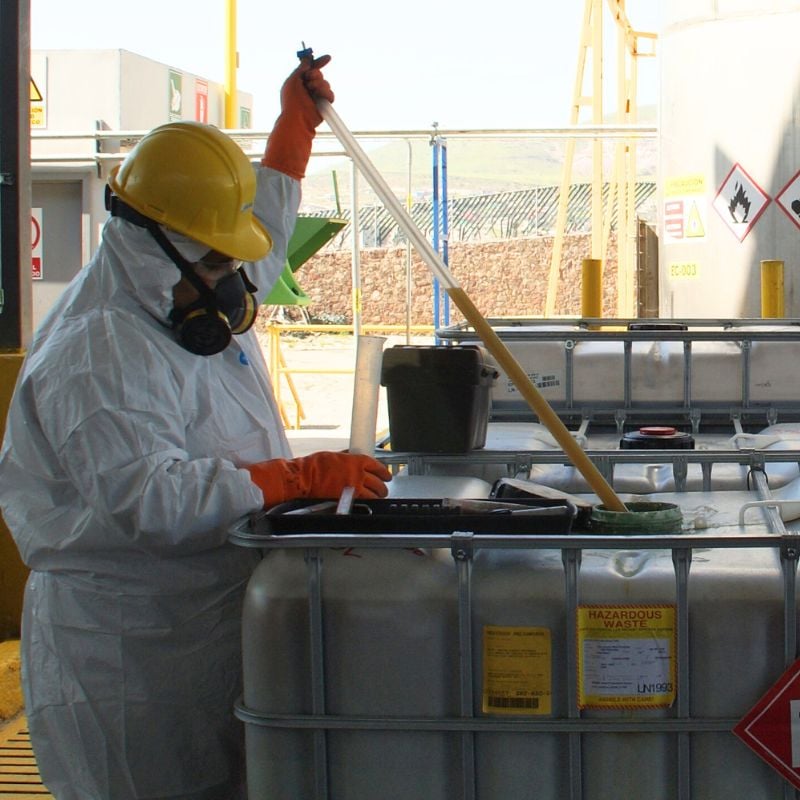Regulations for Handling Flammable Liquid Waste: What You Need to Know
Discover the essential regulations and guidelines for the safe disposal of flammable liquid waste. Understand the importance of proper handling and...

Though flammable liquids may not scream 'environmentally friendly,' they're often indispensable in industry. However, your business can still prioritize sustainability by making conscious choices about the disposal of these substances once they're no longer needed.
Solvent distillation offers an opportunity for manufacturers and other businesses where flammable liquids are present to meet their sustainability goals while safely disposing of their waste.
But how does solvent distillation work, and is it right for your business?
Choosing how to dispose of flammable liquids can be challenging, considering these substances may be toxic themselves.
toxic themselves.
Solvent distillation allows for the recovery and reuse of solvents - a significant step in boosting your company’s sustainability when it comes to how it manages waste.
What is solvent distillation? Solvent distillation is a process that recovers and purifies used solvents, allowing them to be reused, thus reducing waste and environmental impact. After spent solvents are transported to a solvent distillation facility for disposal, the process involves a series of four steps.
During the heating process, the liquid mixture of the solvent and other components is heated to increase the temperature of the solvent. Heat is important to drive the separation process by providing the energy needed to vaporize the solvent. The specific temperatures and conditions present during solvent distillation can vary based on the solvents' properties and the separated substances.
During the vaporization process, the solvent undergoes a phase change from liquid to vapor due to the rising temperatures. This leaves behind any non-volatile components.
During the condensation process, the solvent vapor is cooled and condensed back into a liquid form. This causes the solvent to separate from the original mixture.
During the collection process, the condensed solvent is retrieved. The remaining substances, or residues, are left behind.
Which flammable spent solvents can be recycled? At Samex Environmental, a wide range of halogenated and non-halogenated solvents can go through the solvent distillation process, including acetone, methanol, toluene, xylene and dichloromethane.
When solvents are recovered, they can be reused in industry, offering several benefits in the process - including waste reduction. But what makes solvent distillation more sustainable when it comes to managing your flammable liquids?
Solvent distillation itself is a sustainable option for managing flammable liquids because it reduces waste by allowing solvents to be reused, conserving natural resources and minimizing environmental impact. Compared to other disposal methods like incineration, it offers companies the opportunity to take their sustainability initiatives to new heights.
solvents to be reused, conserving natural resources and minimizing environmental impact. Compared to other disposal methods like incineration, it offers companies the opportunity to take their sustainability initiatives to new heights.
However, to achieve the highest level of sustainability, disposing of your flammable spent solvents should end with nothing being wasted.
Here are a few ways we achieve this at Samex:
Some additional tips that will help you achieve the highest levels of sustainability when sending your flammable liquid waste to solvent distillation facilities include:
In addition to promoting resource conservation, solvent distillation offers additional benefits, from cost savings to enhanced safety.
By reclaiming and purifying solvents for reuse, your facility can reduce costs since recovered solvents can be reintegrated into the manufacturing process. Solvent recovery can also improve workplace safety by reducing the need for you to store flammable liquids no longer needed and the extensive handling of hazardous waste. Minimizing the amount of flammable solvents you keep on-site reduces the risk of accidents.
In addition to disposal, a solvent distillation facility should:
By partnering with a reliable solvent distillation facility, your business can significantly reduce its environmental footprint while ensuring safe and efficient management of flammable liquids.

Discover the essential regulations and guidelines for the safe disposal of flammable liquid waste. Understand the importance of proper handling and...

If you are looking to unlock efficiency and reduce your solvent disposal costs, state-of-the-art equipment that Samex Environmental provides to its...
.png)
Flammable liquids are a common presence in both industrial and household settings, but their risks can be underestimated. If you do this, you’re...